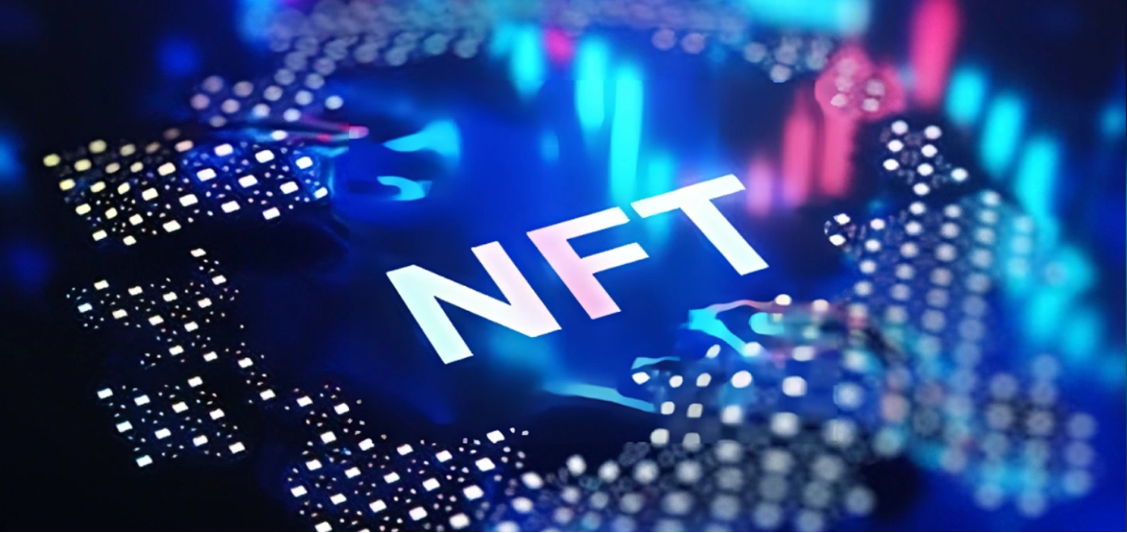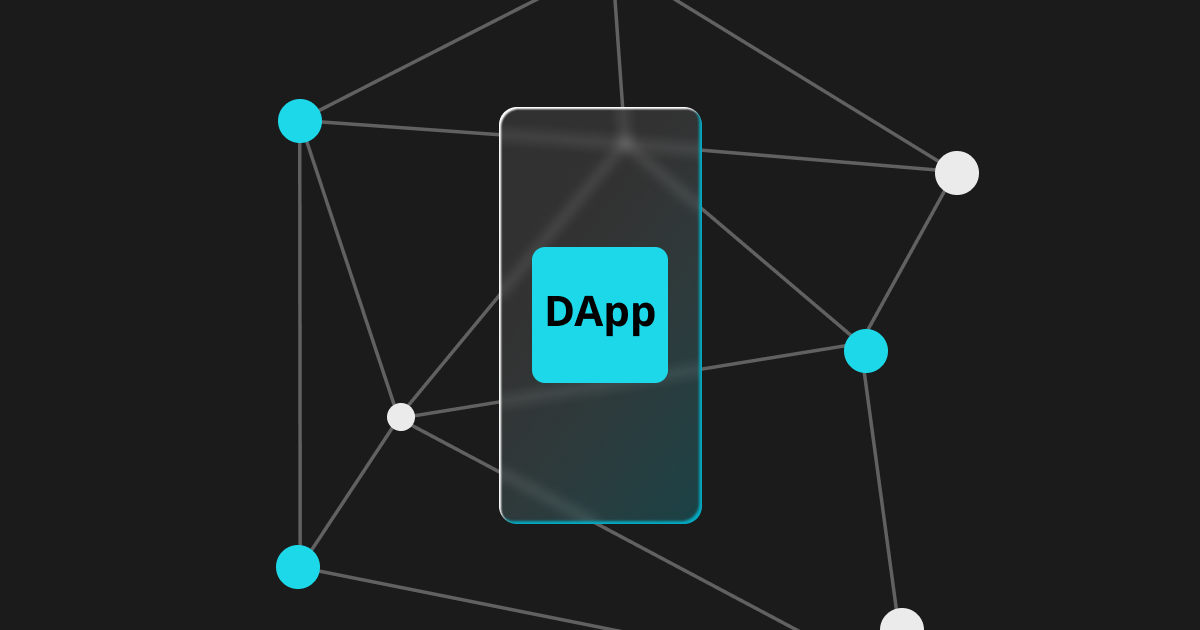
How to develop an efficient and secure blockchain wallet? Key steps and challenges
Blockchain wallets serve as a bridge connecting users to the blockchain world. For project parties, developing an efficient and secure blockchain wallet not only concerns user experience but also directly affects the success of the product and market acceptance. Below, we will delve into the key steps of developing a blockchain wallet, the challenges faced, and how to ensure the efficiency and security of the wallet.
I. Core Functions of Blockchain Wallets
Before starting the development, the project team first needs to clarify the basic functions of the wallet. An excellent blockchain wallet needs to have the following core functions:
Asset management: Users can conveniently view and manage their digital assets, including various cryptocurrencies on the blockchain.
Transaction signature: The wallet needs to support users in signing transactions and sending them to the blockchain network.
Key management: Protect users' private keys and mnemonic phrases to ensure the security of users' assets.
Cross-chain support: As the multi-chain ecosystem develops, wallets need to support asset management across different blockchains.
User Interface (UI) and user experience (UX) : Ensure that user operations are simple and intuitive, and avoid complex technical operations affecting user experience.
Ii. Developing Efficient and Secure Blockchain Wallets: Key Steps
1. Determine the wallet type: hot wallet vs. cold wallet
Blockchain wallets are divided into two major categories: hot wallets and cold wallets. Hot wallets are connected to the Internet, facilitating users' daily transactions, but they also face relatively high security risks. Cold wallets store private keys offline, offering higher security and are suitable for long-term storage of large amounts of assets. The project party needs to determine the wallet type based on the demands of the target users.
Hot wallet: Suitable for users who need frequent transactions, it is convenient to access the blockchain network at any time.
Cold wallet: Suitable for users who want to store assets for a long time, it offers strong security guarantees.
2. Private key Management: Ensuring security is of Paramount importance
The private key is the most crucial security element of a blockchain wallet. Losing or leaking the private key can lead to the complete loss of a user's assets. Therefore, how to manage private keys, especially how to store them securely and prevent leakage, is one of the most important tasks in the wallet development process.
Solution
Encrypted storage: The private key should be encrypted and stored on the device using a strong encryption algorithm (such as AES-256), and plaintext storage should be avoided.
Mnemonic phrase: Convert the private key into a mnemonic phrase (12 or 24 words) for users to back up and restore their wallets.
Hardware wallet integration: Integrate hardware wallets (such as Ledger, Trezor) to store private keys in hardware devices, preventing the leakage of private keys due to device attacks.
3. Transaction signature and broadcasting: Ensure security and efficiency
Transaction signature is a key step in wallet operation. Before sending a transaction, users need to sign it to ensure its legality. To enhance transaction efficiency, the transaction signature and broadcasting mechanism of the wallet need to be optimized.
Optimization strategy
Asymmetric encryption algorithms: Asymmetric encryption algorithms (such as RSA and ECC) are used to ensure the security of transaction signatures and prevent data from being tampered with.
Offline signature function: For cold wallets, using an offline signature method ensures that the private key is never exposed to the network, minimizing the risk of attacks to the greatest extent.
Trading pool optimization: Ensure that the management mechanism of the trading pool can efficiently screen valid transactions, avoiding network congestion and transaction delays.
4. Cross-chain support: Expand wallet functions and market share
With the diversification of the blockchain ecosystem, users will no longer conduct transactions on a single chain, and cross-chain operations are gradually becoming the norm. To provide a better user experience, the wallet needs to support asset management on multiple blockchain platforms.
Cross-chain technology solution
Cross-chain bridge: By leveraging cross-chain bridge technology, wallets can transfer assets between different chains, enhancing their functionality and appeal.
Multi-chain compatibility: Design a technical architecture that supports multiple chains to ensure that the wallet can seamlessly connect to different blockchains, such as Ethereum, Solana, etc.
Cross-chain exchange protocol: Integrates cross-chain exchange functionality, enabling users to directly exchange assets between different blockchains within their wallets.
5. User Experience: Simple and smooth interface design
Although blockchain technology is powerful, it is still rather complex for ordinary users. The user interface (UI) and user experience (UX) design of a wallet directly affects the product's popularity and user retention rate. Therefore, the project party needs to invest a great deal of effort in optimizing the user experience.
Optimization plan
Simple and intuitive interface: Design a simple and intuitive user interface to ensure that users can quickly complete operations such as asset management and transfer.
Multilingual support: Provide multilingual versions for users in different regions to reduce language barriers and enhance accessibility for global users.
Smooth operation process: Optimize the transaction initiation, signature, confirmation and other processes, minimize the user's operation steps as much as possible, and make the entire operation smooth and natural.
6. Security Protection: Prevent hacker attacks and fund theft
The security of decentralized wallets is one of the decisive factors for users when choosing a wallet. During the development process, the project party needs to take into account various potential security risks and adopt corresponding protective measures.
Protective measures
Multi-signature technology: By adopting multi-signature technology, multiple keys need to be signed to complete a transaction, significantly enhancing the security of the account.
Cold storage mechanism: Where possible, cold storage is adopted to preserve large assets and prevent asset loss due to attacks on hot wallets.
Anti-phishing mechanism: Add anti-phishing functionality to the wallet to alert users to counterfeit websites and malicious transactions.
Iii. Challenges Faced and Solutions
Although developing an efficient and secure blockchain wallet is full of challenges, through reasonable technical architecture design and meticulous security measures, risks can be effectively avoided and an outstanding user experience can be provided.
Technical complexity: The inherent complexity of blockchain technology demands that developers possess strong technical capabilities. In this regard, the project party can consider cooperating with professional blockchain development companies, leveraging their technological accumulation and experience to accelerate the development process.
Security vulnerability: Wallet security is the most intractable issue. Any minor vulnerability could lead to a major security incident. The project party needs to conduct regular security audits and code reviews to maintain the security of the wallet.
Regulatory compliance: As global regulatory policies on digital assets gradually improve, wallet development must pay attention to compliance to ensure compliance with local laws and regulations.
Conclusion
To develop an efficient and secure blockchain wallet, it is not only necessary to have a deep understanding of every detail of blockchain technology, but also to pay attention to user experience and security protection. The project party needs to do a good job in all aspects from design architecture, private key management to transaction security and cross-chain support, in order to provide users with a digital asset management tool that is both secure and convenient.
With the continuous development of blockchain technology, decentralized wallets will become an important entry point for more users to enter the digital economy. Therefore, developers need to constantly optimize the functions and security of wallets and keep up with The Times.
If you are planning to develop a decentralized wallet, Shenzhen Longlian Technology, with its years of accumulation in blockchain technology, can provide you with all-round support from technology research and development to product implementation for your project. Whether it's wallet security, user experience, or cross-chain integration, we can help you create a blockchain wallet that meets market demands and is secure and reliable, enabling your project to stand out in the highly competitive market.





